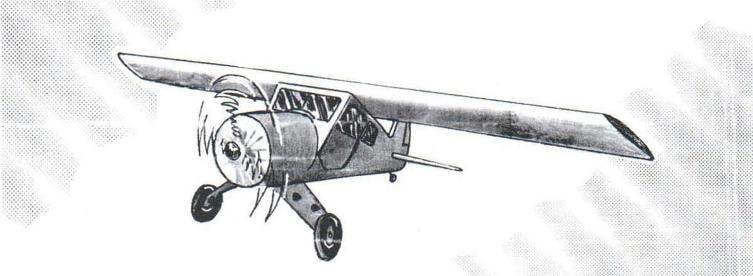
Speed, racing, training, training, flight, control line, radio control room – which only the definitions used to describe the purpose and characteristics of a particular flying models, not come up with designers and pilots! And when I decided to design another microplane, first of all think about what definition to give to this new aircraft. It is known as an aircraft name, so it will fly.
RC model airplane motor
First of all, I set a goal to use to create models of accessible materials, based on the weightless and at the same time are quite affordable foam technology which has long been worked by the modelers. Then I thought about the purpose of the aircraft, defining the term “walking”, that is, possible, quite slow and easily managed. And finally, as the power plant chose the motor that’s in contrast to the internal combustion engine does not cause the Modeler to unnecessary trouble in the operation of the model. The result was that “a pleasure craft foam RC model airplane motor”.
RC model airplane, which I propose to make to our readers is a high-wing monoplane, characterized by ease of piloting, good stability and excellent landing characteristics.
As mentioned above – the main structural material in the manufacture of the model is foam – or rather, foam ceiling panel thickness 3 and 6 mm, which was fabricated most of the parts of the model – including frames and planking of the fuselage, horizontal tail and wing and the elevators and ailerons.
